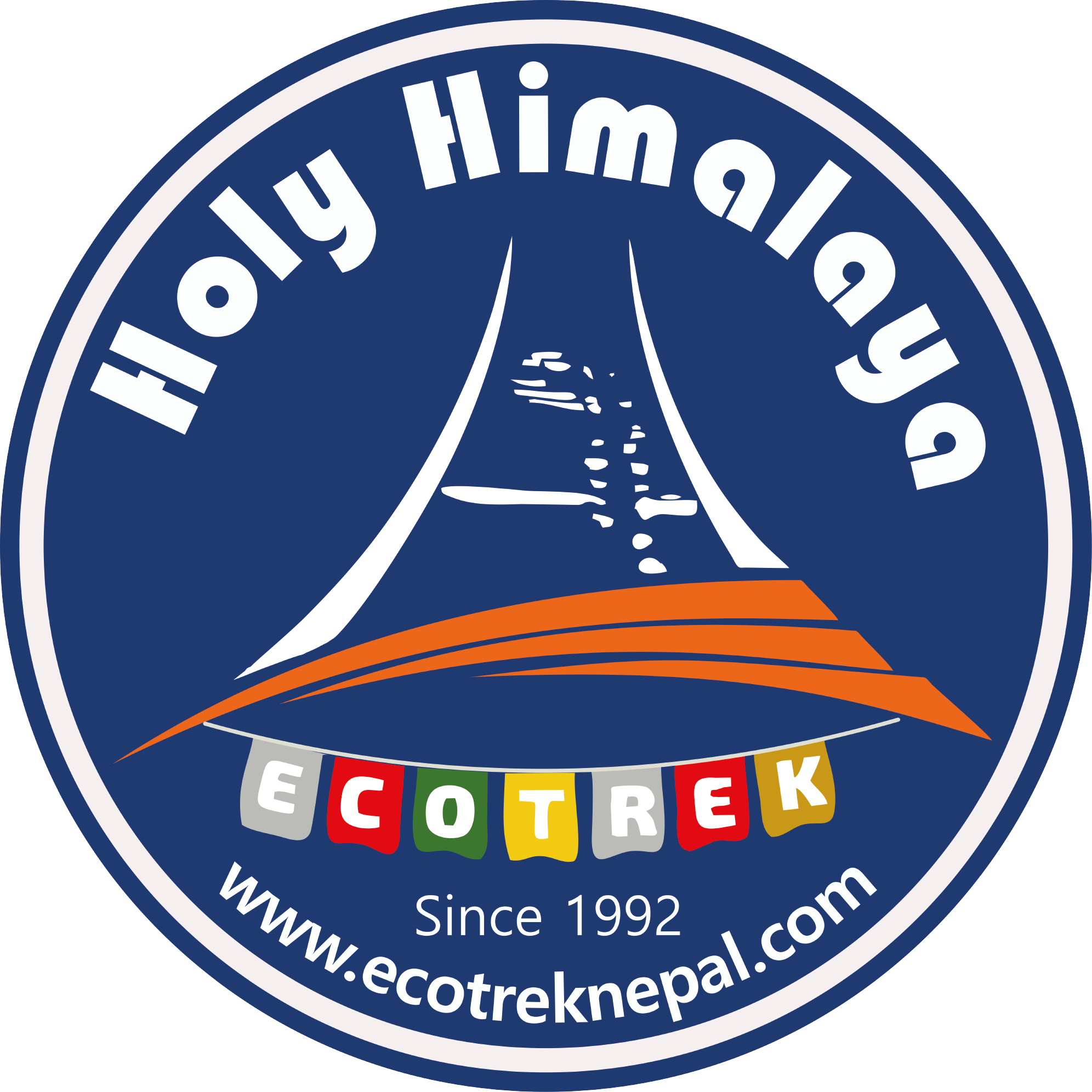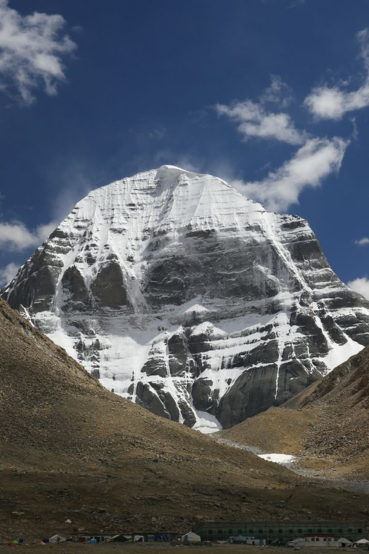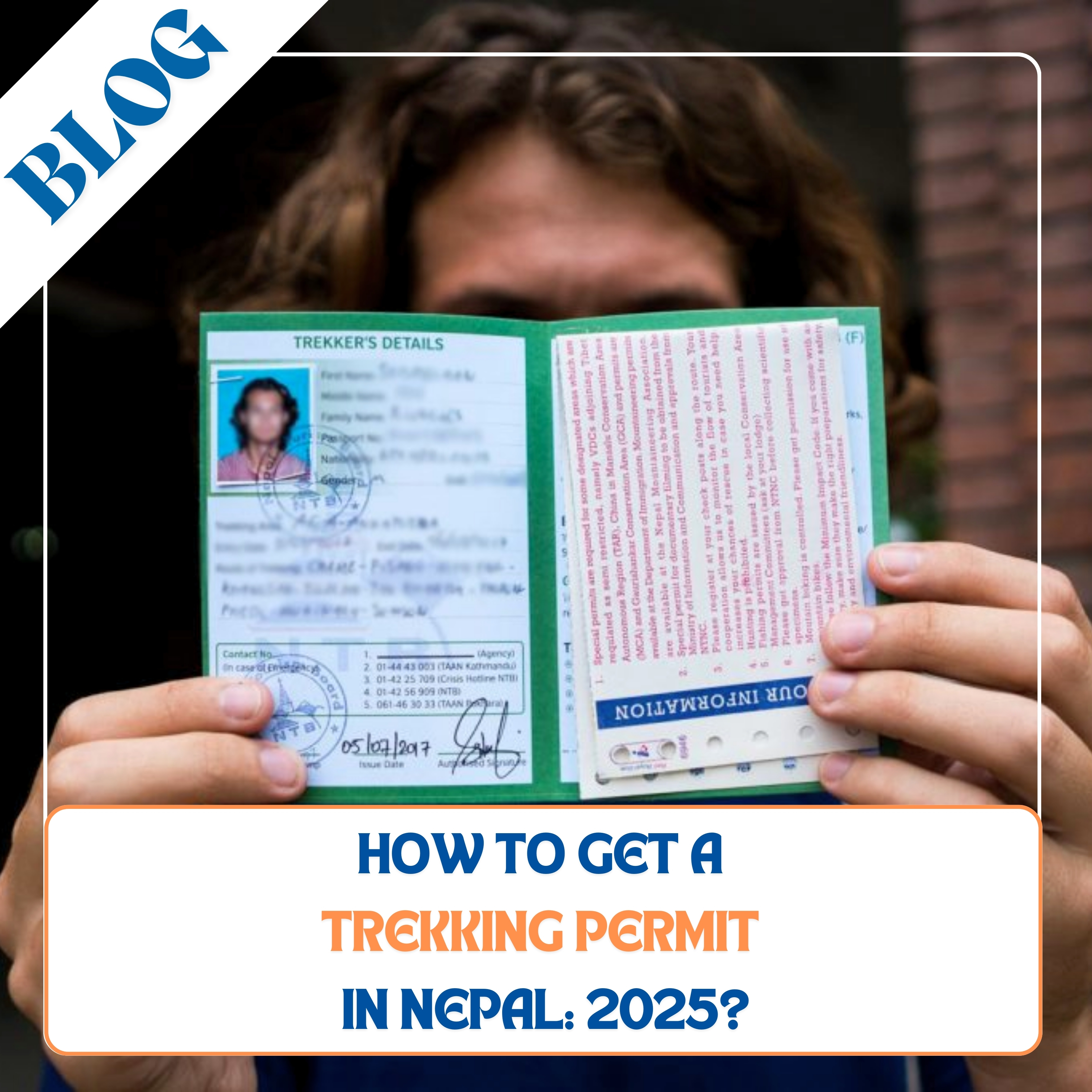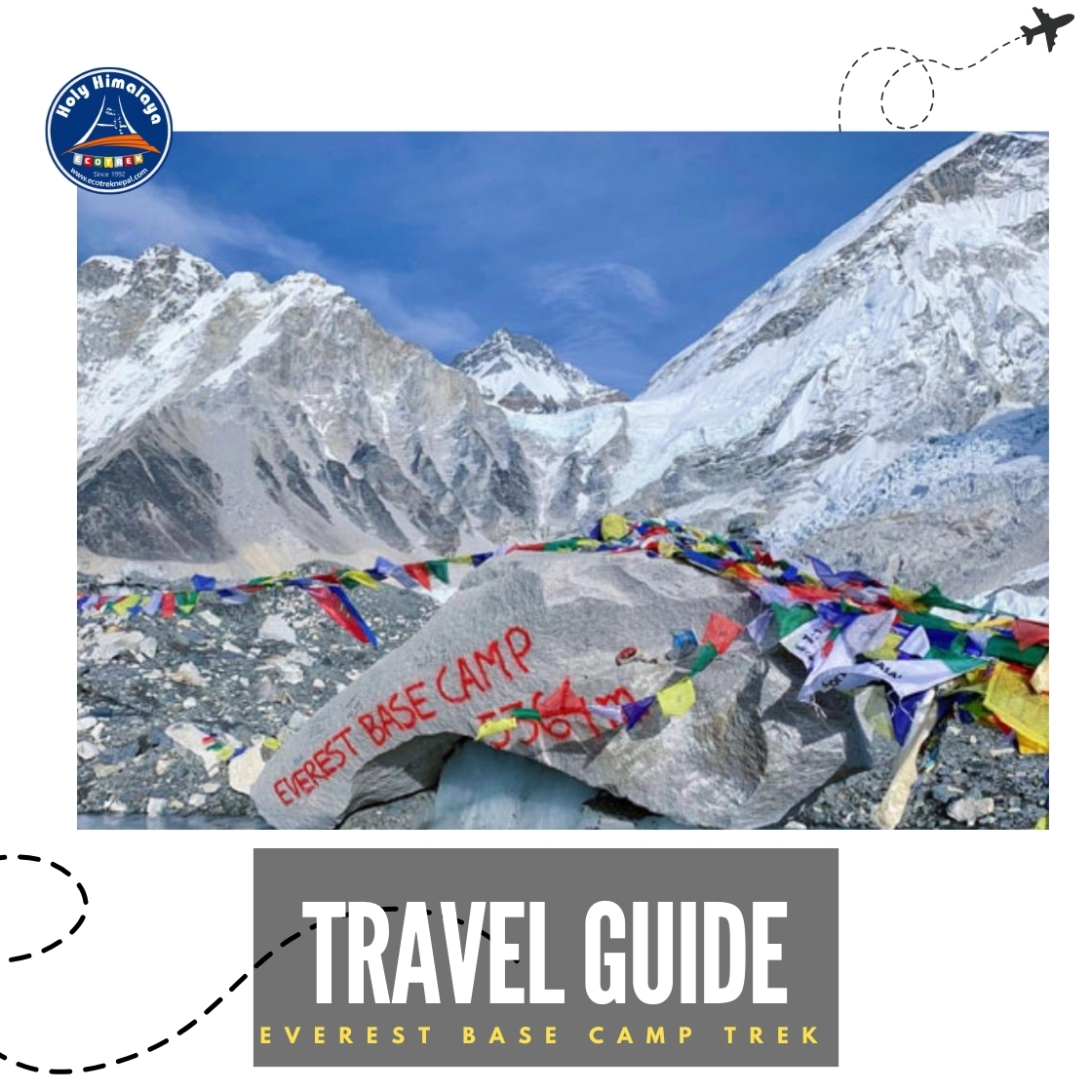The treks in Nepal are always wonderful and overwhelming, attracting people from all over the world. Be it the mighty Himalayas, local culture or nature, trekking in Nepal has something special to offer.
However, to make sure everything runs smoothly, trekkers need to get permits. These permits help keep everyone safe, protect the environment and support responsible tourism.
Nepal has many trekking routes, each with its charm, like the Annapurna Circuit or the Everest Base Camp Trek. These permits are needed to control the number of trekkers entering protected areas making sure the environment stays intact and that no area becomes overcrowded.
It is very important to get all the right permits for smoothness on every trip. Otherwise, you are not allowed into some trek areas. By preparing the permits, you are preparing for a smooth trek and assisting in preserving this beauty of Nepal for future adventure-seekers.
If you're planning to trek in Nepal, you need a permit. The type of permit depends on where you're going. Here’s a simple guide to help you understand the process.
Types of Trekking Permits
There are different types of trekking permits, and you may need one or more depending on your trek:
1. TIMS Card (Trekking Information Management System) – Required for most popular treks like Everest Base Camp and Annapurna Circuit.
2. Restricted Area Permit – Needed for special trekking areas like Upper Mustang, Manaslu, and Tsum Valley.
3. National Park Permit – Required if your trek is within a national park, such as Sagarmatha National Park.
4. Conservation Area Permit – Needed if your trek passes through a conservation area like the Annapurna Conservation Area.
5. Municipality Trekking Permit – Required for certain areas, like the Khumbu region on the way to Everest Base Camp.
Where to Get Your Permits
- Tourist Service Centre in Kathmandu – Best for getting multiple permits at once.
- National Park or Conservation Area Offices – Available at entry points of trekking areas.
- Online (for some permits) – Some national parks offer online permits.
- At Trek Checkpoints – Some permits can be purchased on the way, but at a higher price.
Cost of Permits
- TIMS Card: $17 for foreigners, $7.50 for SAARC nationals.
- Restricted Area Permits: Prices vary; for example, Upper Mustang costs $500 for 10 days.
- National Park & Conservation Area Permits: Around $25 each.
- Municipality Permits: Around $17 (for example, Khumbu Rural Municipality Permit).
What You Need to Apply
- Passport copy
- Passport-size photos
- Trekking itinerary
- Entry and exit points
- Travel insurance details
- Emergency contact numbers
How a Tour Operator Can Help?
If you book a trek with a tour operator, they will handle all your permits for you. This saves time and ensures everything is done correctly. If you’re trekking alone, you must apply for your permits yourself.
Permits and Fees for Specific Treks
If you're planning a trek in Nepal, it's important to know about the permits and fees required for each route. To make it easy for you, we've listed the most popular treks in alphabetical order, so you can quickly find the information you need
1. Annapurna Conservation Area Treks
If you’re planning to trek in the Annapurna region, you will need the following permits:
- TIMS Card: $17 per person
- Annapurna Conservation Area Permit (ACAP): $25 per person
This applies to treks such as:
- Annapurna Base Camp
- Annapurna Circuit
- Annapurna Sanctuary
- Poon Hill
- Mardi Himal
Total Cost: $42 per person
For those trekking in the Nar–Phu region and Annapurna Circuit:
- Nar–Phu Restricted-Area Permit:
- Peak season (Sep–Nov): $100 for the first week, then $15 per day
- Off-peak season: $75 for the first week, then $15 per day
For the Upper Mustang Trek:
- Upper Mustang Restricted-Area Permit: $500 for the first 10 days, then $50 per day thereafter
2. Everest Base Camp Treks
For treks in the Everest region, you’ll need:
- TIMS Card: $17 per person
- Sagarmatha National Park Permit: $28 per person
- Khumbu Rural Municipality Permit: $17 per person
This applies to treks such as:
- Classic Everest Base Camp Trek
- EBC Trek with Helicopter Return
- EBC and Gokyo Lakes Trek
- EBC and Three Passes Trek
Total Cost: $63 per person
3. Langtang National Park Treks
For trekking in the Langtang region, the required permits are:
- TIMS Card: $17 per person
- Langtang National Park Permit: $25 per person
This applies to treks like:
- Langtang Valley Trek
- Gosainkunda Trek
- Helambu Circuit Trek
- Ganja La Trek
Total Cost: $42 per person
4. Kanchenjunga Base Camp Trek
If you’re heading to the Kanchenjunga region, you’ll need:
- TIMS Card: $17 per person
- Kanchenjunga Conservation Area Permit: $25 per person
- Restricted-Area Permit: $20 per week (first four weeks), then $25 per week thereafter
Total Cost: Varies depending on trek duration
5. Shey Phoksundo National Park Treks
For treks in this stunning region, permits required include:
- TIMS Card: $17 per person
- Shey Phoksundo National Park Permit: $28 per person
For the Lower Dolpo Trek, an additional Restricted-Area Permit costs:
- $20 per week for the first four weeks, then $5 per week thereafter
For the Upper Dolpo Trek, an additional Restricted-Area Permit costs:
- $500 for the first 10 days, then $50 per day thereafter
Total Cost: Varies by trek choice
6. Makalu Base Camp Trek
If you’re trekking to Makalu Base Camp, you’ll need:
- Makalu Barun National Park Permit: $25 per person
- Makalu Rural Municipality Permit: $17 per person
Total Cost: $42 per person
7. Manaslu Conservation Area Treks
For treks in the Manaslu region, the following permits are required:
- Manaslu Conservation Area Permit: $25 per person
- Manaslu Restricted-Area Permit:
- Peak season (Sep–Nov): $100 for the first week, then $15 per day
- Off-peak season: $75 for the first week, then $10 per day
For the Tsum Valley Trek, the Restricted-Area Permit costs:
- Peak season (Sep–Nov): $40 for the first week, then $7 per day
- Off-peak season: $30 for the first week, then $7 per day
Total Cost: Varies depending on trek duration
For the latest updates on trekking permits and regulations, visit the Nepal Department of Immigration website.
Final Tips
- Always carry your permits with you while trekking.
- Keep extra copies of your permits in case you lose them.
- Plan ahead to avoid delays in obtaining permits.
Getting a trekking permit in Nepal is easy if you know what to do. With the right permits, you can enjoy Nepal’s stunning trails without any hassle!








